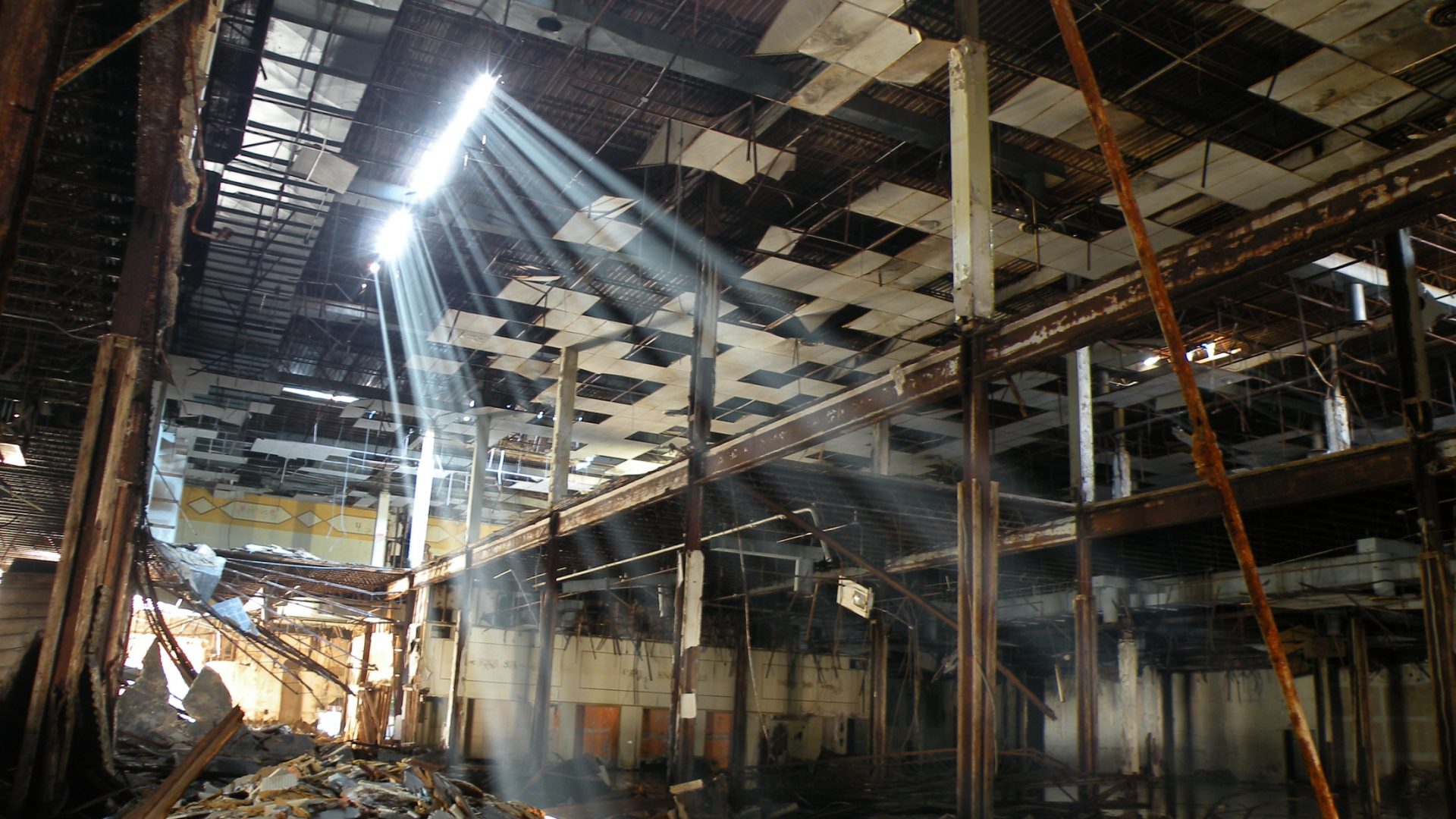| Origins | Settled by John Ebinger and Katherine Ebinger c. 1834 and annexed c. 1910 |
|---|---|
| Area | Far North Side |
| Boundaries | Howard on the north, Devon down to Odell then along Palatine Ave on the south, Harlem on the east, Ozanam and Ozark on the west |
These lands were settled in the year 1834 by German farmers John and Katherine Ebinger. The Ebingers got along Native Americans in the area and lived peacefully. More German farmers moved into the area afterward and this area became a small farming community. Early German settlers got along with Native Americans as the two groups shared this land and even gathered together at a tavern on Milwaukee Avenue. (Fact source, http://www.encyclopedia.chicagohistory.org/pages/414.html)
In the early 1850s as railroads were built in and near these lands there became interest in making this area a village. The plans for the new suburb of Canfield were underway. Canfield became officially incorporated as a village in 1881. (Fact source, https://en.wikipedia.org/wiki/Edison_Park,_Chicago#:~:text=It%20incorporated%20as%20a%20village,was%20named%20after%20Christian%20Ebinger.)
In the year 1890, more planning was underway to develop this land more and plans for electricity were under way. Planners wanted this town to be known for having electricity; therefore, the village was re-named Edison Park after Thomas Edison. During the 1890s and 1900s decade Edison Park would continue development; however, Edison Park did not have a high school nearby. This was the driving reason behind residents of Edison Park pushing for incorporation into the city of Chicago, in 1910 annexation into Chicago was official. (Fact source, http://www.encyclopedia.chicagohistory.org/pages/414.html)
After incorporation and especially after World War I, Edison Park grew heavily as the population grew from just 400 residents to over 5,000 by 1930. (Fact source, http://www.encyclopedia.chicagohistory.org/pages/414.html) This began the arrival of Italians who became the dominating ethnic group in this neighborhood.
In the 1950s Edison Park grew to more than double to population as new bungalow homes were built on vacant land.
Edison Park has always been one of the safest neighborhoods in Chicago with a very low crime rate. At many points in time Edison Park sees zero homicides within its borders.
Gangs would eventually settle in Edison Park at a time when hardened battle weary white gang members retreated to the northwest side in the “white wonderland” part of the city. These groups had interest in preserving the racial and cultural identity of these communities; however, they ended up fighting each other on these streets and some of it even happened on these Edison Park streets. At some point either in the later 1970s or in the early 1980s Simon City Royals and Taylor Jousters arrived here. The two groups fought each other on these streets as they recruited starry eyed bored middle-class youths into their gangs.
The police on the northwest side of the city began cracking down heavily on white gangs in the mid-1980s through the mid-1990s and Edison Park was one of the first to jump on gang removal projects. Both gangs were flushed out of this area and no gangs seemed to have staked claim to these lands after.
Edison Park is still one of the safest and most gang free zones in the city.
Here is a little information about the Taylor Jouster and Simon City Royals there once roamed these streets in the earlier 1980s.
Simon City Royals
Olympia & Avondale (Olympia Park)
Taylor Jousters
Octavia & Pratt
